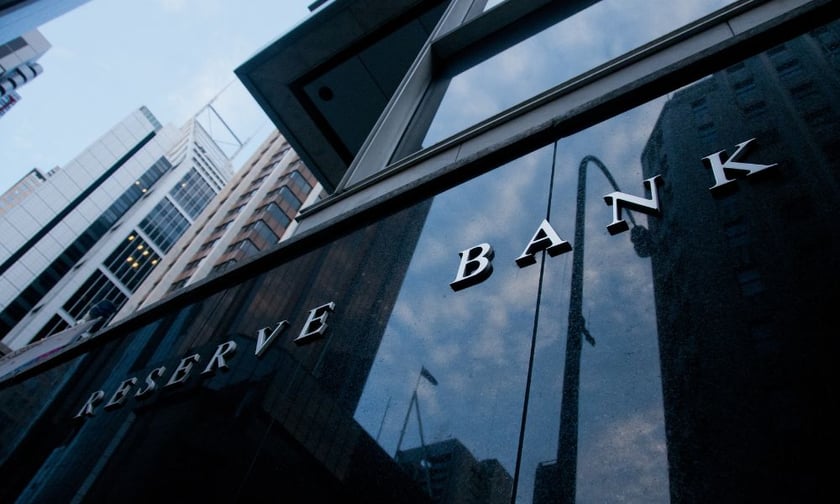

The Reserve Bank of Australia (RBA) is unlikely to cut interest rates anytime soon, as the country’s rising wages and improved consumer confidence signifies the economy is still facing price pressures.
Government data showed the Wage Price Index increased by 4.1% annually for the second quarter in a row which indicates continued wage growth. Private surveys also reveal consumer sentiment improved by 2.8% in August, while business conditions strengthened in July.
These findings signify a tight labor market that supports wage growth. Tax cuts and energy rebates are also helping households financially, which could fuel demand. These factors make it hard for the RBA to control inflation, explaining why they are not expected to lower interest rates this year.
“There is little new trend in today’s suite of data to sway the RBA’s stance,” said My Bui, economist at AMP Ltd. “But the RBA also needs to look forward and not backward. Private sector wages have softened, leading indicators all point to a weaker employment backdrop, inflation pressures continue to normalize, household purchase intentions are still very negative.”
The central bank kept interest rates at a 12-year high of 4.35%, with money markets and economists certain that its next move will be a rate cut. Traders see a first reduction happening in December, while economists' consensus shows easing will only begin in 2025.
RBA Governor Michele Bullock “has all but ruled out rate cuts in the short term, and the flow of data between now and the next meeting will not add much new information about the inflation pulse,” said Matthew Hassan, a senior economist at Westpac Banking Corp., which released the consumer confidence report.
“Given this, it seems likely that the board will hold the cash rate unchanged.”
For now, attention is towards July’s employment data, as economists predict the unemployment rate will remain steady at 4.1%. Governor Bullock will be questioned about policy and the economy in a parliamentary panel on Friday, August 16.
National Australia Bank Ltd. conducted a recent survey that showed labor costs are rising because of increasing awards and minimum wages. This is a cause for concern for the RBA, as they have warned about the risks of higher prices.
The third-quarter wage data is expected to be released on November 13, just before the RBA’s final meeting of the year. Policymakers previously stated that wage growth of around 4% is consistent with their 2-3% inflation target, assuming productivity improves. Yet they’ve been sounding more concerned on that front recently, as there has been little sign of a return to solid productivity gains.
“Perhaps the biggest risk to Australia’s outlook for inflation and monetary policy remains the disconnect between wage growth and productivity growth,” said Callam Pickering, a senior economist at global job side Indeed Inc. “It may not stop inflation returning to the RBA’s inflation target but it will be pivotal to determining whether inflation stays there.”
Today’s reports also showed:
Have something to say about this story? Leave a comment below.
